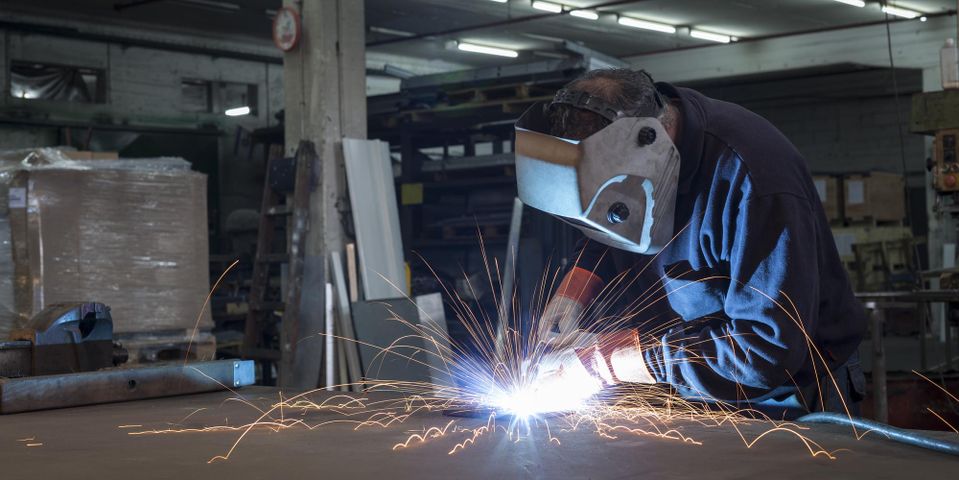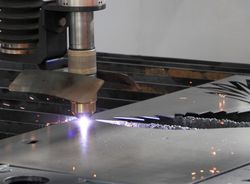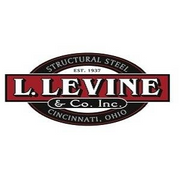
Fabricated metal is used in a wide range of industries. Using state-of-the-art equipment, technicians can cut and form steel, aluminum, and other metals to precise specifications. For a better idea of what the process entails, below is a brief metal fabrication overview.
Types of Metal Fabrication
Metal fabrication is categorized by the end use of the product. Commercial fabrication, for example, refers to goods produced for consumer use, such as tools, cans, and cutlery. Industrial fabrication involves the process of crafting the machinery used to assemble different goods. Structurally fabricated materials are often used in building construction, such as steel beams and other supports.
How the Process Works
 The size and shape of a finished product is based on a prototype, generally a 3D design created using computer aided design (CAD) or computer aided manufacturing (CAM) programs. From there, technicians cut the sheet metal to the desired dimensions. They can use various techniques to complete this task. Shearing, for example, is a process often used to cut straight lines on aluminum, steel, brass, or bronze sheet metal. Technicians can also punch holes in sheet and rolled metal to reduce the size. With blanking, the cutout pieces are used to create the finished product. Computerized numerical controls are used for accuracy. Hammering tools and folding machines are used to create bends and angles in the surfaces. Metal components are then smoothed to get rid of sharp edges, heated to improve strength, and coated with a finish to increase durability.
The size and shape of a finished product is based on a prototype, generally a 3D design created using computer aided design (CAD) or computer aided manufacturing (CAM) programs. From there, technicians cut the sheet metal to the desired dimensions. They can use various techniques to complete this task. Shearing, for example, is a process often used to cut straight lines on aluminum, steel, brass, or bronze sheet metal. Technicians can also punch holes in sheet and rolled metal to reduce the size. With blanking, the cutout pieces are used to create the finished product. Computerized numerical controls are used for accuracy. Hammering tools and folding machines are used to create bends and angles in the surfaces. Metal components are then smoothed to get rid of sharp edges, heated to improve strength, and coated with a finish to increase durability.
If you need metal fabrication services in the Cincinnati, OH, area, contact L. Levine & Co., Inc. Since 1937, fabricators, welders, and maintenance shop technicians have sought out the team to saw, weld, hole-punch, and cut their goods within a one- or two-day turnaround time. To discuss your project, call (513) 471-5900. Visit the family-owned business online to see what products they manufacture.
About the Business
Have a question? Ask the experts!
Send your question

